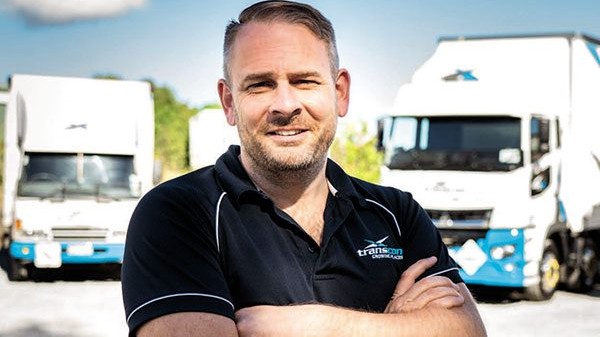Gold-plated dreams, monopoly-money budgets!

As understanding as I am of the need to set lofty goals, we must pay attention to the baseline from which we’re fixing that aspiration. If I were to base this solely on what I see in my neck of the woods, I’d say that we’ve got a hell of a long way to go to even get to the start line.
One can only look at ‘Road to Zero’, the government’s campaign to drive towards zero deaths and serious injuries on New Zealand roads, with noble admiration. But it’s also difficult to take the uber-aspirational vision with the seriousness it was designed to attract – especially considering the level of execution and delivery witnessed daily within the agencies and ancillaries tasked with providing us with a safe and suitable network of roading and amenities.
Within 2km of our main depot lies a precarious two-way bridge (one lane in each direction) straddling a small creek and making up a critical link in SH1, the road that one might expect to be kept in a perfect state of repair. Some two months ago, there was an accident on the bridge – the Armco safety barrier on the northbound side peeled back like a can, removing a raft of the posts keeping it in place. That this barrier sits unrepaired as I write this – with a suitably weak and perfectly sized gap existing through which a wayward car might stray – remains beyond belief. The repair shouldn’t require an elaborate campaign to determine its importance.
I’d feel more comfortable if the above was an isolated instance. Alas, a mere 5km south, another critical Armco rests gently against terra firma, thoroughly flattened by a container semi unit a few weeks back, the barrier having done its job at the time. A sprinkling of magical orange cones now resides where the barrier once stood, perched as if to scare another vehicle from daring to venture off this decidedly unfriendly, off-camber sweeping corner, and the reigning champion in numerous rounds of ‘corner vs car’.
Let’s continue our tiki tour of SH1 further southward, arriving in the charming little South Pacific hamlet of Auckland. This is currently rebranding itself as the ‘City of Snails’ based on plans to reduce vast tracts of suburban roading to 30kph speed limits (and some extreme cases, 10kph). As with Waka Kotahi’s Road to Zero aspiration, lowered speed limits may have merit. But the reality is that we’re again tasking budget and resources towards fixing issues that originate elsewhere. Most concerningly, they further divert available funding for the repair and upkeep of the assets we already have.
Yes, they’ll inevitably come from different buckets of money, but try telling the unfortunate soul with the misfortune to meet one of the Armcos above in their current state that the funding to repair the said Armco was diverted into an array of new speed signs scattered around the city. Interestingly, Auckland Transport’s website puts the cost of a vehicle fatality at $4.53 million; those Armco repairs surely seem pretty slim in comparison.
I’ve just used a trio of examples, but I sense that many worthy examples of such shortcomings and sub-standard situations exist across the country – it just seems to have become the norm.
We’re forever going to live in a world where we can’t do everything we’d like, personally or governmentally. I completely agree that we must prioritise what’s truly important and set lofty objectives around those priorities. But at the same time, we must do so in the belief that we have suitable foundations and a realistic budget to fund what’s needed.
The fact that we can’t maintain the roads we ply daily to an acceptable standard is cause for alarm by itself. Yet that concern ratchets up a few notches when we start seeing examples of policy creeping in to compensate for this repair in an attempt to artificially change the playing field – as in reduced open-road and urban speed limits.
Let’s focus on nailing the crawl before publicly committing to the Olympic 100m sprint!


